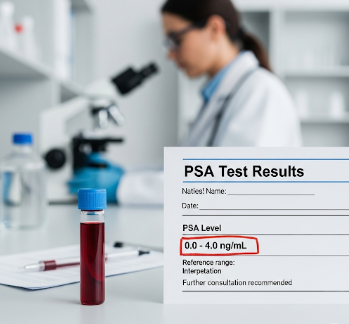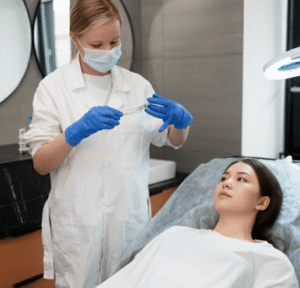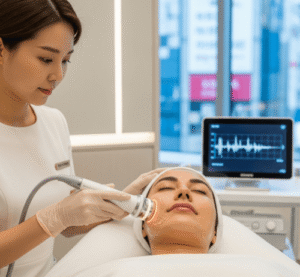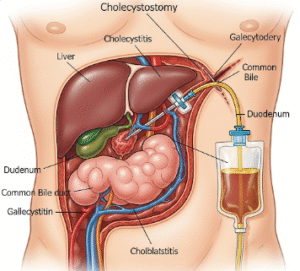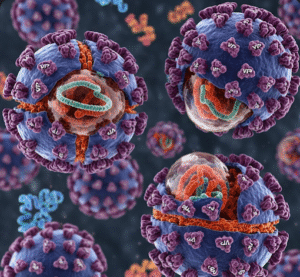What it is
The PSA test (Prostate-Specific Antigen test) is a blood test used to measure the level of PSA, a protein produced by the prostate gland. PSA is normally present in the blood at low levels, but elevated levels may indicate prostate conditions, including prostate cancer, benign prostatic hyperplasia (BPH), or prostatitis.
➡ Key points about the PSA test:
- PSA is produced by prostate cells and released into the bloodstream
- The test is used as a screening and monitoring tool for prostate health
- In Korea, PSA testing is part of men’s health checkups and is available in hospitals, clinics, and diagnostic labs
💡 Important facts:
- PSA levels are influenced by age, prostate size, infections, and certain medications
- PSA testing is non-invasive, quick, and widely available
- Results help guide further diagnostic procedures, such as prostate biopsy
Why it’s done
The PSA test is used to detect, monitor, and manage prostate conditions.
➤ Medical indications include:
- Prostate cancer screening → Early detection in men over 50 or at higher risk
- Benign prostatic hyperplasia (BPH) → Enlarged prostate leading to urinary symptoms
- Prostatitis → Inflammation or infection of the prostate
- Monitoring treatment → Following surgery, radiotherapy, or medication for prostate conditions
➤ Key benefits:
- Early identification of prostate cancer
- Helps differentiate between cancer and non-cancerous prostate issues
- Supports monitoring of disease progression or treatment efficacy
- Guides clinical decisions regarding biopsy or imaging
Alternatives
While PSA testing is the most common method for prostate screening, alternatives or complementary approaches may include:
✔ Digital rectal examination (DRE) → Physician manually examines prostate for abnormalities
✔ Prostate MRI → Detailed imaging to detect suspicious areas
✔ Urinary biomarkers → Emerging tests to detect prostate cancer
✔ Combination screening → PSA test combined with DRE for improved detection
Note: PSA testing is highly sensitive but not 100% specific, so elevated PSA does not always indicate cancer. Follow-up tests are necessary for confirmation.
Preparation
Proper preparation ensures accurate PSA test results.
🔹 Medical evaluation
- Inform your doctor about recent infections, prostate manipulations, or medications
- Some drugs, like 5-alpha reductase inhibitors, can lower PSA levels and may require adjustment
🔹 Lifestyle considerations
- Avoid vigorous exercise, sexual activity, or prostate manipulation 24–48 hours before testing
- Stay hydrated and follow standard blood test protocols
🔹 Patient instructions
- No fasting is usually required
- Discuss family history of prostate cancer with your doctor to assess risk
How it’s done
The PSA test is a simple blood test performed in a clinical or laboratory setting.
➡ Step-by-step procedure:
- Blood sample collection
- Drawn from a vein in the arm
- Minimal discomfort; takes 1–5 minutes
- Laboratory analysis
- PSA levels measured using immunoassay techniques
- Total PSA and sometimes free PSA are measured for better accuracy
- Result interpretation
- Normal PSA levels vary by age and lab reference ranges
- Elevated PSA may indicate cancer, infection, or benign enlargement
- Physician evaluates results alongside clinical history and DRE findings
💡 Tips for accuracy:
- Avoid recent prostate manipulation or vigorous activity
- Repeat testing if results are borderline or influenced by temporary factors
- Consider age-adjusted PSA levels for better interpretation
Recovery / Expected Outcomes
Since the PSA test involves a simple blood draw, no recovery is required.
🔹 Immediate post-test care:
- Apply gentle pressure to prevent bruising at the puncture site
- Minor soreness or redness may occur, usually resolving within a day
🔹 Clinical outcomes:
- PSA results guide decisions regarding further testing, monitoring, or treatment
- Normal PSA levels suggest low likelihood of prostate cancer
- Elevated PSA may lead to imaging, biopsy, or specialist referral
🔹 Long-term benefits:
- Early detection of prostate cancer improves survival rates
- Ongoing PSA monitoring supports management of BPH and prostatitis
- Provides a baseline for future comparison
Complications / Considerations
The PSA test is very safe, but considerations include:
⚠ Minor complications → Slight bruising or discomfort at the blood draw site
⚠ False positives → Elevated PSA may occur due to infection, recent procedures, or prostate enlargement
⚠ False negatives → Normal PSA does not completely rule out cancer
⚠ Anxiety → Elevated PSA results may cause stress before further evaluation
Mitigation:
- Repeat testing if results are abnormal
- Combine with DRE or imaging for comprehensive assessment
- Discuss risk factors and interpretation with a qualified physician
Treatment Options in Korea
PSA testing is widely available in hospitals, urology clinics, and diagnostic laboratories across Korea.
🏥 Providers:
- Seoul National University Hospital (SNUH) → PSA testing with urology consultation
- Asan Medical Center → Prostate health checkups including PSA and imaging
- Samsung Medical Center → Comprehensive prostate screening programs
- Local diagnostic labs → Routine PSA testing for men over 50 or high-risk groups
💰 Cost and insurance:
- PSA test is partially covered under National Health Insurance for screening or medical indications
- Private testing may be available for preventive health packages
- Costs vary depending on hospital, lab, and additional tests
🔹 Additional support:
- Counseling for follow-up testing and lifestyle recommendations
- Integration with digital rectal examination and imaging
- Personalized risk assessment based on family history and age
Conclusion
The PSA test in Korea is a safe, non-invasive, and effective screening tool for assessing prostate health.
By measuring PSA levels, men can:
- Detect prostate cancer at an early stage
- Monitor benign prostatic conditions and treatment efficacy
- Reduce the risk of advanced disease and complications
- Plan follow-up care with specialist guidance

